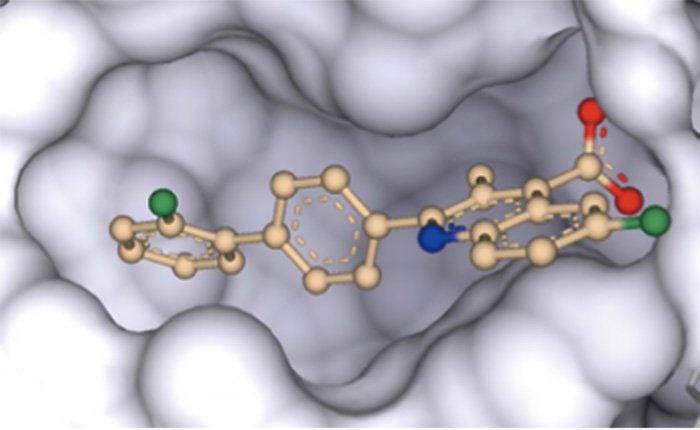A research team comprising members from Helmholtz Munich and Tohoku University has revealed a specific mechanism that is able to promote cell death in cancer cells by pharmacological targeting of a ferroptosis surveillance system. Ferroptosis is a form of regulated oxidative cell death and has attracted overwhelming interest as it presents a pharmacological tractability in standard therapy-resistant and metastatic cancers. Therefore, modulating cell sensitivity to ferroptosis by pharmacologically targeting endogenous defense systems has emerged as a promising anticancer strategy. The scientists now found that the ferroptosis-sensitizing effect of the dihydroorotate dehydrogenase (DHODH) inhibitors occurs through the inhibition of ferroptosis suppressor protein-1 (FSP1), another ferroptosis player identified earlier by the team, and not through DHODH itself. These new findings confirm the crucial role of FSP1 in ferroptosis surveillance of cancer cells and should drive the future development and advancement of FSP1 inhibitors as effective cancer therapies. The results are now published in Nature.
Sensitizing cells to undergo regulated cell death in the form of ferroptosis is a promising approach for new anticancer therapy, particularly in light of standard therapy-resistant and metastatic cancers. Therefore, novel cellular mechanisms and compounds that regulate cancer ferroptosis sensitivity are being intensively researched. In 2021, dihydroorotate dehydrogenase (DHODH) was described as a novel suppressor of ferroptosis (Mao et al., Nature 2021). DHODH is an enzyme localized in mitochondria and well-known for its role in producing building blocks for DNA synthesis by oxidizing dihydroorotate and simultaneously reducing mitochondrial coenzyme Q10 (CoQ10). Based on recent data that a potent and selective inhibitor of DHODH (i.e., brequinar) effectively sensitizes cancer cells to ferroptosis, it was concluded that DHODH acts as a ferroptosis suppressor (Mao et al., Nature 2021). Its inhibition was therefore considered a promising target for overcoming ferroptosis resistance in cancer cells. A team of researchers led by Drs. Eikan Mishima and Marcus Conrad, both from the Institute of Metabolism and Cell Death at Helmholtz Munich, has now elucidated the actual mechanism of how DHODH inhibitors promote cell death in cancer cells by ferroptosis.
DHODH Inhibitors Inhibit FSP1 in an Off-Target Manner
The team were inspired by the fact that DHODH has a similar function to the oxidoreductase ferroptosis suppressor protein 1 (FSP1), as both proteins reduce CoQ10 thereby preventing lipid peroxidation. Lead author Mishima reasoned “that the DHODH inhibitors may also target FSP1.” Therefore, the researchers investigated whether the ferroptosis-sensitizing effect of the DHODH inhibitors is mediated by the inhibition of FSP1. Their investigations confirmed that DHODH inhibitors, such as brequinar, can indeed profoundly inhibit FSP1. Furthermore, they showed that the ferroptosis-sensitizing effect of DHODH inhibitors is mediated by the inhibition of FSP1 and not by DHODH itself. Besides, the team provided conclusive evidence that the short form (also called cytosolic form) of glutathione peroxidase 4 (GPX4) effectively protects cells from ferroptosis, in contrast to its mitochondrial isoform. These results, therefore, argue against the putative role of DHODH in ferroptosis surveillance, while GPX4 and FSP1 remain the major systems for suppressing ferroptosis in cells, including cancer cells.









